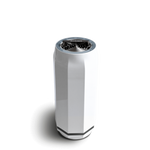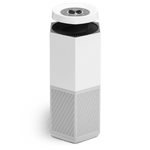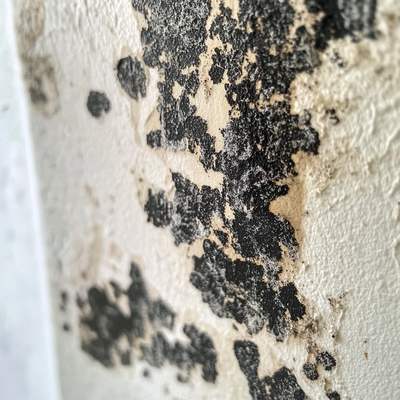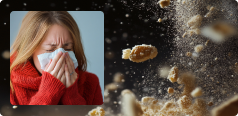Why HEPA Alone Can’t Address Mycotoxins 1
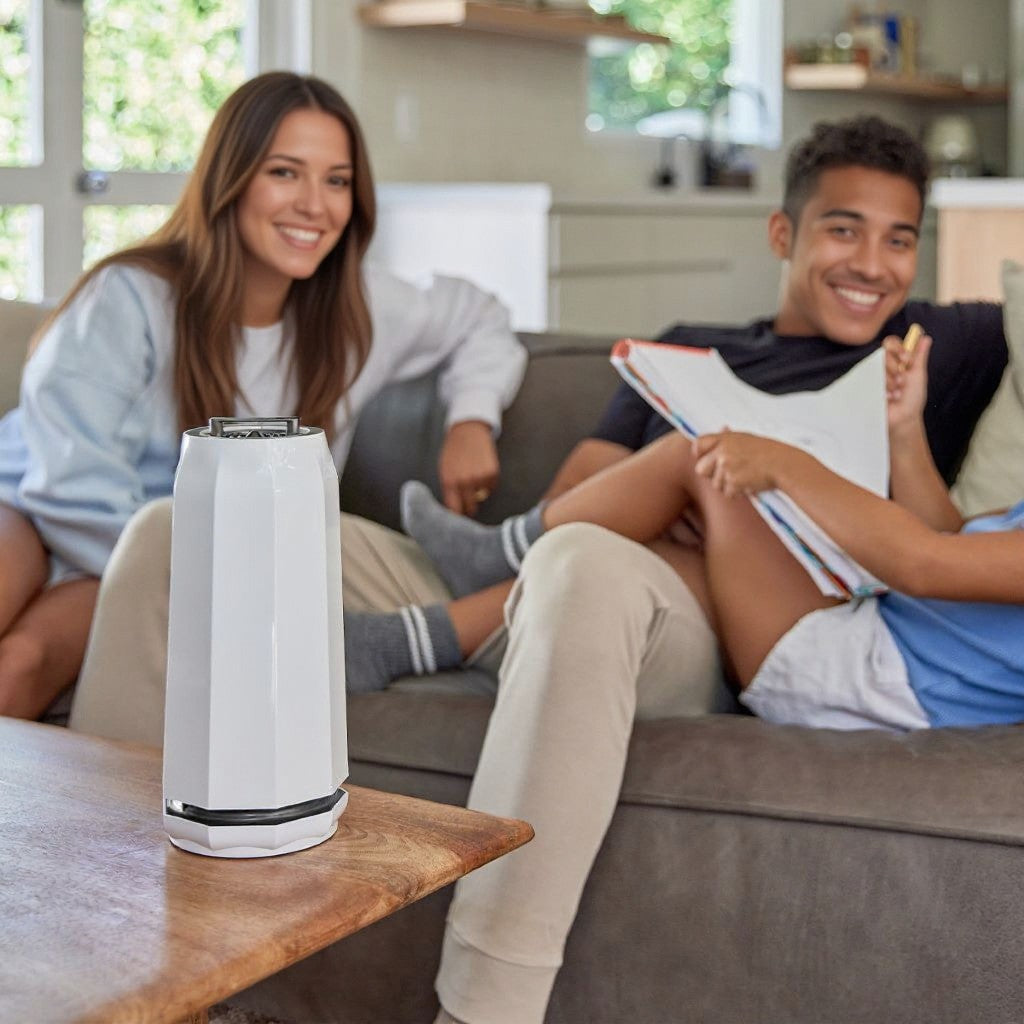
Puraclenz Photon and Core Go Beyond Filtration to Deactivate Mold 1 and Reduce Toxins
Most people know that mold 1 spores can trigger allergies—but the real concern often comes from something much smaller: mycotoxins. These microscopic pollutants are chemical by-products released by mold 1 as it grows. Mycotoxins can become airborne and are associated with allergic reactions, respiratory irritation, and poor indoor air quality.
Because they are much smaller than mold 1 spores—often under 0.1 microns in size—mycotoxins can pass through ordinary HEPA filters. Even worse, standard HEPA filters trap spores but do not deactivate them. Mold 1 colonies can form inside the filter, releasing mycotoxins directly into your air. To truly combat mold 1 related pollutants, a complete purification solution is needed. That’s why Puraclenz offers both the Photon and Core, each designed to be the best air purifier for mold using patented PCO technology to go far beyond standard filtration.
What Makes Mycotoxins So Challenging?
HEPA filters are rated to capture particles as small as 0.3 microns, but mycotoxins are significantly smaller. These compounds are not easily captured, and if mold 1 is growing inside the HEPA filter, the mycotoxins are blown back into the room.
“Mycotoxins... are low-molecular-weight compounds that can easily be aerosolized and inhaled... They are much smaller than fungal spores and are not efficiently removed by conventional HEPA filters.”
When Filters Become a Source of Mold 1
Filters are designed to capture particles—but once mold 1 spores are collected, moisture and airflow inside the filter can support mold 1 growth. This creates an ideal environment for colonies to form and release mycotoxins over time.
“Under favorable environmental conditions, retained fungal spores can germinate and colonize the filters… producing mycotoxins and allergens 4 that can be released back into the air stream.”
Puraclenz: Designed to Combat Mold 1 at the Source
Puraclenz purifiers go beyond standard HEPA filtration. Our patented PCO purification technology uses ions to deactivate mold 1 spores in the air and on surfaces—before they have a chance to grow and release mycotoxins.
Independent lab studies prove that Puraclenz PCO technology is highly effective at reducing airborne and surface mold 1 pollutants:
- 95.1% reduction of Aspergillus brasiliensis mold 1 spores in the air during aerosol chamber testing. View Mold Aerosol Lab Report
- 99.75% reduction of Candida albicans mold 1 spores placed on surfaces over 8 feet away from the device. View Mold Surface Lab Report
These results show that Puraclenz PCO technology is a proven solution for reducing mold 1 spores and related pollutants both in the air and on surfaces—making it an advanced alternative to HEPA-only systems.
Choose Your Mold 1 Purifier
🌟 Photon: PCO-Only Air and Surface Purifier
Photon is a sleek air purifier for mold 1 that uses patented PCO ionization to inactivate mold 1 spores, bacteria 3, viruses 2, and other airborne pollutants without producing ozone.
- Combats mold 1 spores mid-air and on surfaces
- No HEPA filter—no risk of mold 1 colonization inside the unit
- UL 2998 Certified for zero ozone emissions
💪 Core: Advanced 3-in-1 Mold Purifier with PCO, HEPA, and UV-C
The Core 750 combines three powerful purification technologies for complete mold 1 treatment:
- PCO Cell: Deactivates airborne mold 1 spores and prevents growth on surfaces
- True HEPA Filter: Captures mold 1 spores, dust, and allergens 4
- UV-C Light: Inactivates mold and other airborne pollutants that pass through or cling to the filter
Whether you need a filter-free solution or multi-stage purification, both Photon and Core are engineered to combat mold 1 and airborne toxins more effectively than ordinary purifiers.
Why Choose a Mold Purifier That Goes Further?
A true air purifier for mold 1 doesn’t just trap spores—it treats the air and surfaces to deactivate spores and reduce exposure to airborne toxins. That’s why Puraclenz is trusted in homes, offices, and sensitive indoor environments. Explore Puraclenz mold purifier technology
Sources & Further Reading
- World Health Organization. (2009). WHO guidelines for indoor air quality: Dampness and mould. Copenhagen: WHO Regional Office for Europe. https://www.who.int/publications/i/item/9789289041683
- Górny, R. L. (2020). Microbiological contaminants in heating, ventilating, and air-conditioning (HVAC) systems: A review. Building and Environment, 181, 107061. https://doi.org/10.1016/j.buildenv.2020.107061
- Bennett, J. W., & Klich, M. (2003). Mycotoxins. Clinical Microbiology Reviews, 16(3), 497–516. https://doi.org/10.1128/CMR.16.3.497-516.2003
Recommended products

Core Air & Surface Purifier + HEPA
$519.99

Photon Air & Surface Purifier
$299.99
